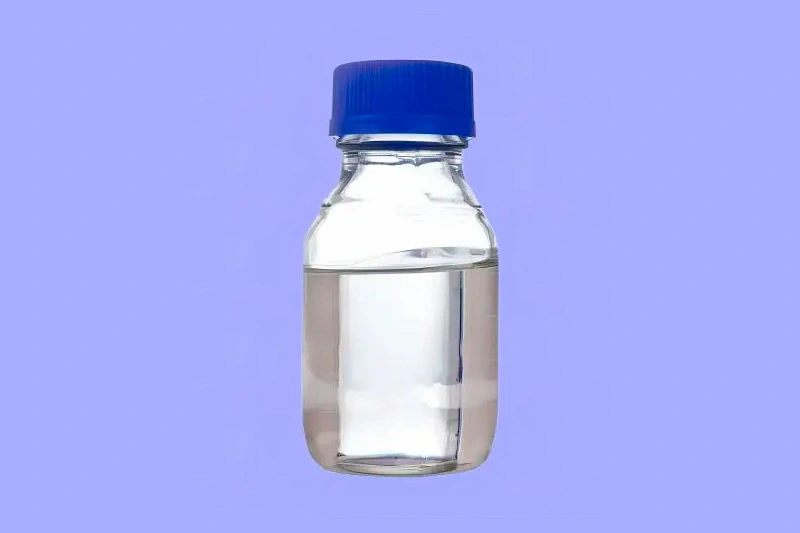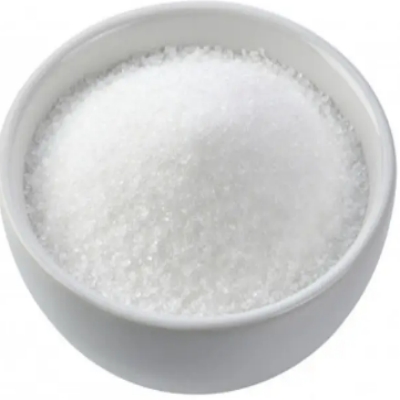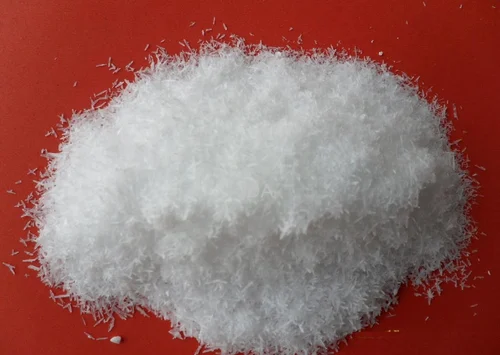Description
Cyclamate: A Sweet Story with a Bitter Aftertaste?
Cyclamate is a name that might not be as instantly recognizable as aspartame or sucralose, but it’s another member of the artificial sweetener family, offering a sugar-free alternative with a unique history. Used primarily in combination with other artificial sweeteners, cyclamate provides a potent sweetness, but its journey has been anything but straightforward, marked by both widespread popularity and controversial bans.
What is Cyclamate?
Cyclamate, specifically sodium cyclamate and calcium cyclamate, are artificial sweeteners discovered in 1937 by Michael Sveda, a graduate student working in a lab. It’s approximately 30 to 50 times sweeter than sucrose (table sugar), but the advantage lies in its calorie-free nature. Unlike some other artificial sweeteners, cyclamate doesn’t have a bitter aftertaste, making it a more palatable option for many.
Why Use Cyclamate?
The primary reason for using cyclamate, like other artificial sweeteners, is to reduce sugar consumption. This is particularly beneficial for:
- Individuals with diabetes: Cyclamate provides a sweet taste without impacting blood sugar levels.
- Those managing their weight: Replacing sugar with cyclamate can significantly reduce calorie intake.
- Food and beverage manufacturers: Cyclamate can be used to create low-calorie or sugar-free products, catering to health-conscious consumers.
Cyclamate’s Bumpy Ride: From Popularity to Bans
Cyclamate rose to prominence in the mid-20th century, becoming widely used in diet sodas, tabletop sweeteners, and various processed foods. Its low cost and pleasant taste made it a popular alternative to sugar.
However, its popularity took a dramatic turn in the late 1960s and early 1970s. Studies conducted on rats suggested a possible link between high doses of cyclamate and bladder cancer. This led to bans in several countries, including the United States and the United Kingdom.
The Controversy Continues: Re-evaluation and Current Status
The bans sparked considerable debate and further research. Subsequent studies, including large-scale epidemiological studies, failed to consistently replicate the initial findings. Many scientists and regulatory bodies questioned the validity of the original rat studies, citing the unusually high doses of cyclamate used and the significant differences between rat and human metabolism.
Despite the controversy, some countries maintained their bans, while others, after re-evaluating the data, reversed their decisions. Today, cyclamate is approved for use in over 50 countries, including Canada, Mexico, and many in the European Union. Organizations like the World Health Organization (WHO) and the European Food Safety Authority (EFSA) have deemed cyclamate safe for human consumption within established acceptable daily intake (ADI) levels.
The Future of Cyclamate
Despite its approval in many countries, cyclamate continues to be a subject of discussion. The lingering concerns surrounding its safety, fueled by the historical bans, persist in the minds of some consumers.
However, the ongoing scientific research and the experiences of countries where it is approved suggest that cyclamate, when consumed within recommended limits, poses no significant health risks. Its ongoing use, particularly in combination with other sweeteners like saccharin, underscores its value in creating palatable and cost-effective sugar-free products.
Conclusion
Cyclamate’s story is a reminder of the complex and ever-evolving landscape of food science and regulation. While its past is marked by controversy, the current scientific consensus points towards its safety when used appropriately. As research continues and consumer understanding grows, cyclamate is likely to remain a key player in the world of artificial sweeteners, offering a viable option for those seeking to reduce their sugar intake. However, as with any food additive, moderation and awareness are key. Consulting with a healthcare professional or registered dietitian can provide personalized advice regarding the use of artificial sweeteners like cyclamate.











Reviews
There are no reviews yet.